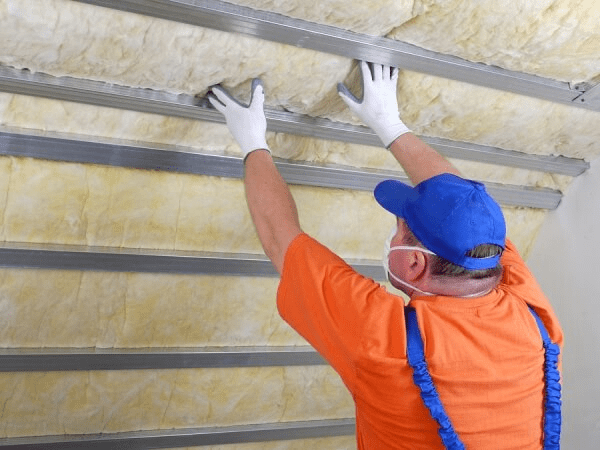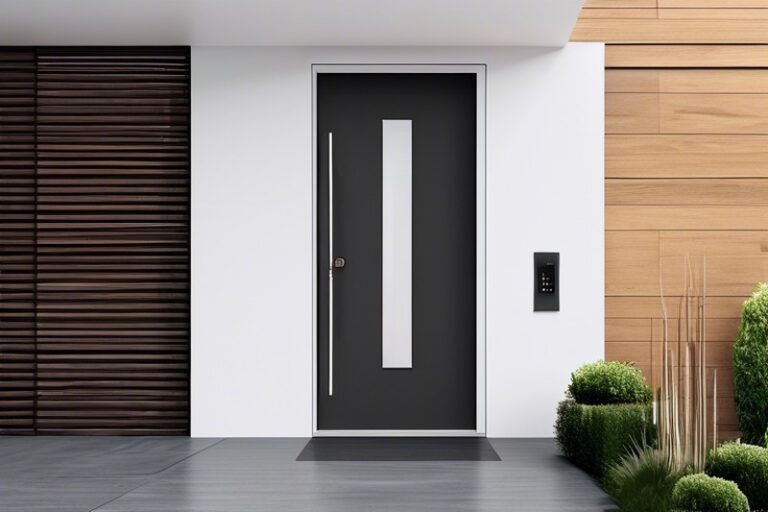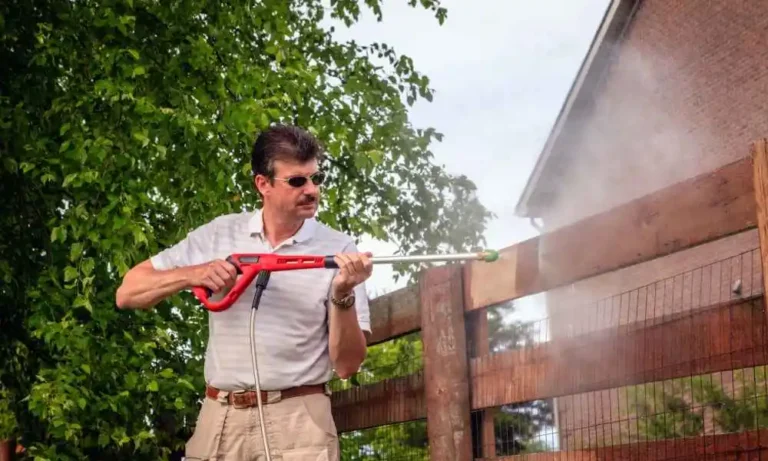
To avoid overpaying on monthly energy bills, it’s crucial to ensure proper insulation in your home. Consider hiring a specialist in attic and crawlspace insulation to assess your property thoroughly. Only a trained technician can accurately determine if additional insulation is necessary.
The prevalent attic insulation types include batting and blown-in insulation, typically made of fiberglass or cellulose. It’s essential to understand your project’s specific R-value requirements and what this figure signifies. To gain further insights into the importance of attic insulation installation, watch the accompanying video.
The Benefits Of Insulating Your Attic
Insulation serves to regulate indoor temperatures, keeping homes warmer in winter and cooler in summer by minimizing air escape. Efficient attic insulation aids in the optimal operation of heating and cooling systems, leading to cost savings and reduced strain on HVAC systems, thereby lowering the likelihood of repairs or replacements. To assess the condition of your current insulation, check if floor joists are visible; if so, adding attic insulation may be necessary.
Residents of New Jersey can enjoy numerous long-term benefits from proper attic insulation. It not only decreases energy bills but also enhances indoor comfort year-round while improving indoor air quality. Moreover, correct attic insulation contributes to reducing the home’s carbon footprint by conserving energy for heating and cooling. Some eco-friendly options, such as insulation made from recycled materials or cotton, may also be available. Homeowners are encouraged to contact a professional promptly to ensure their attic insulation is ready for the upcoming weather conditions.
What’s different About New Jersey Homes?
Each region across the country presents unique factors to consider when choosing the appropriate type of attic insulation. In New Jersey alone, there are five distinct climate zones, as identified by the Office of the New Jersey State Climatologist at Rutgers University. With such diversity, homeowners may wonder how to determine the most suitable attic insulation for their specific property in New Jersey.
Where do I start with Insulation?
A professional energy audit is often the initial step in determining the most suitable attic insulation for a home. During this audit, a professional energy auditor assesses the entire home ecosystem, including the attic insulation. They examine the existing insulation to ascertain whether it requires complete replacement or if additional insulation needs to be added.
In New Jersey, the U.S. Department of Energy advises installing attic insulation with an R-value ranging between R-49 and R-60. The R-value quantifies thermal resistance, indicating how effectively the insulation resists heat flow. A higher R-value signifies better insulation performance, ensuring homes remain cool in summer and warm in winter. Location also influences the optimal R-value selection, with the temperature variations between northern and southern New Jersey most pronounced during winter. Consequently, homes in the northern part of the state benefit from slightly higher R-values compared to those in the south.
Moreover, homeowners should inspect attic insulation for signs of excess moisture. Improperly vented appliances, roof leaks, and dripping water pipes can introduce moisture, reducing the insulation’s R-value and promoting mold and mildew growth, posing health risks.
Another energy-saving measure is insulating a home’s water heater and pipes, particularly if located in a cold garage or passing through an unheated attic or basement. Water heating accounts for approximately 15 to 20 percent of monthly energy costs, and insulating pipes helps prevent freezing or bursting during extreme cold spells.
How To Choose An Attic Insulation Contractor
When selecting a contractor for attic insulation installation in San Francisco, it’s essential to adhere to specific guidelines to ensure top-quality workmanship. Proper attic insulation is crucial for maintaining indoor temperature control, making it imperative to invest time in finding the right contractor for the job.
Start by seeking recommendations from friends, family, or your utility company, as they can offer valuable insights into reputable contractors. Before hiring a contractor, inquire about the types of materials they use, their certifications, and any other pertinent details about their work. Additionally, ensure that you obtain a receipt or contract upon completion of the installation for documentation purposes.
Choosing the Best Insulation
Although often overlooked, the attic plays a crucial role in home insulation, acting as a protective barrier across the entire house. Inadequate attic insulation can result in heat and energy loss throughout the year. Here are the commonly available types of attic insulation:
Batt Insulation
Batt insulation comprises large pieces of fiberglass or cotton insulation, typically customized to fit between attic beams. However, if not accurately cut or obstructed by wires or vents, its effectiveness may be compromised. The primary objective of insulation is to provide complete coverage to prevent heat from escaping or entering the house, which may not be fully achieved with batt insulation.
Spray Foam Insulation
Spray foam insulation is a suitable option for insulating the attic ceiling rather than the floor. This is particularly beneficial if your HVAC system is located in the attic or if the space is utilized for additional storage.
Blown-In Insulation (Fiberglass or Cellulose)
Blown-in insulation, whether fiberglass or cellulose, involves injecting small chunks of material into the attic through a large hose. Both materials are equally efficient for insulation, effectively covering every square inch of the attic. Due to its comprehensive coverage, blown-in insulation is often preferred by most attic insulation installers over other options.





